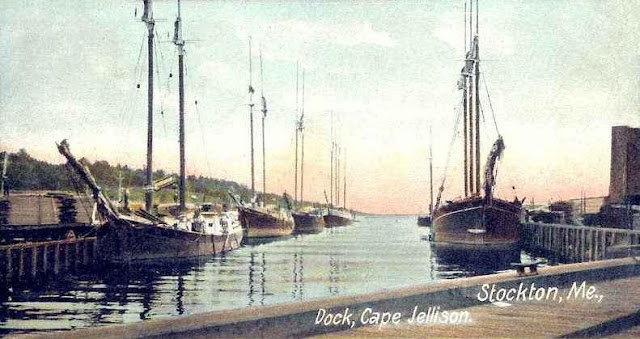Slowly but surely spring is arriving in Maine; plastic buckets hang on the maple trees in town (for those who boil their own syrup); crocuses appear in south facing gardens, snow shovels lean against walls rather than being stuck in banks.
My favorite sign of spring is the unseasonably warm day, especially on a slow afternoon, when I can promise to be in early the next day, or to stay late next time it rains, anything so long as I get out to the water.
And there aren’t too many choices, moving streams are running high, ideal for white water craft, but not for me, slower streams and ponds are still iced over. It’s the ocean and a short paddle, or the Penobscot River and a struggle with the current. Below Bangor, the Penobscot does not flood in the spring, but it flows quickly and the incoming tide less likely to reverse the current.
Our journey took us from Hamlin Marine in Hampden, up to the 395 bridge in Bangor. Over an hour to make it upriver and 20 minutes back. Along the way we saw an eagle, two beavers and a variety of gulls, mallards and mergansers.
 |
| Winged poodle in ice |
Ice floes were captured on the shores of the outgoing tide, and spring melt revealed new beauty in the remaining white, sometimes delicate and lacy, other bulbous and solid.
 |
| Upstream on a rebuilt boom island |
 |
| Note the new damage to the logs |









